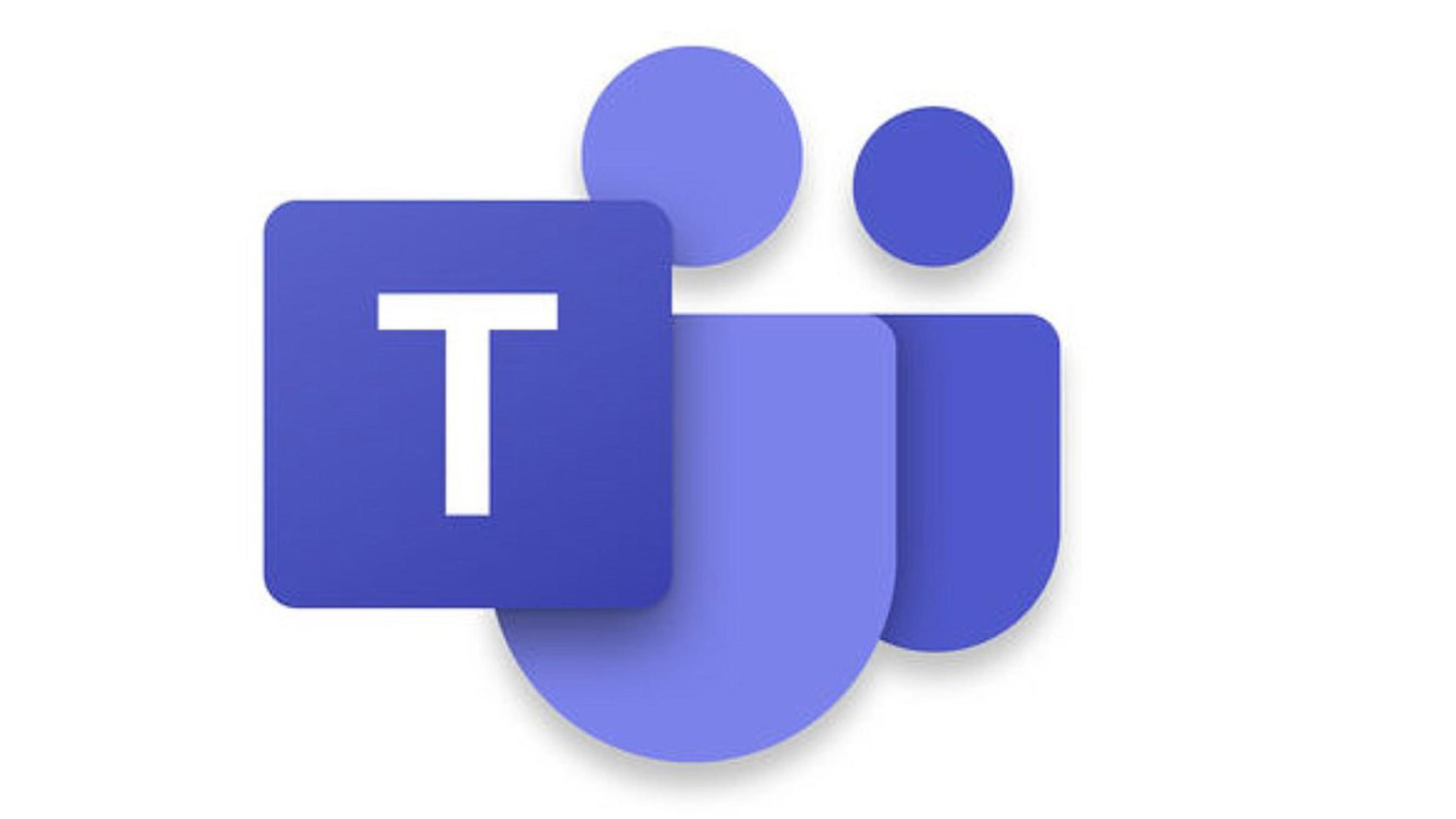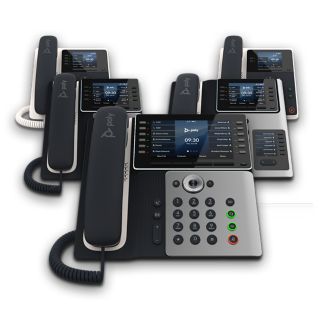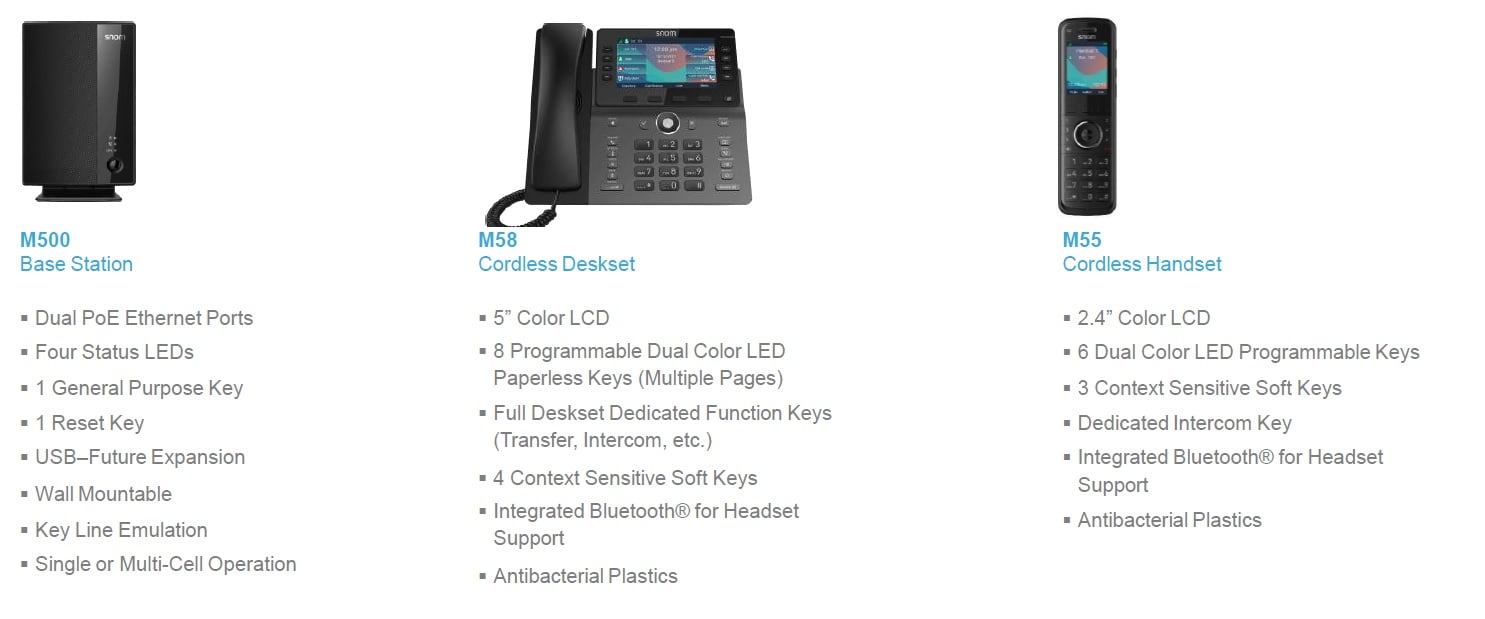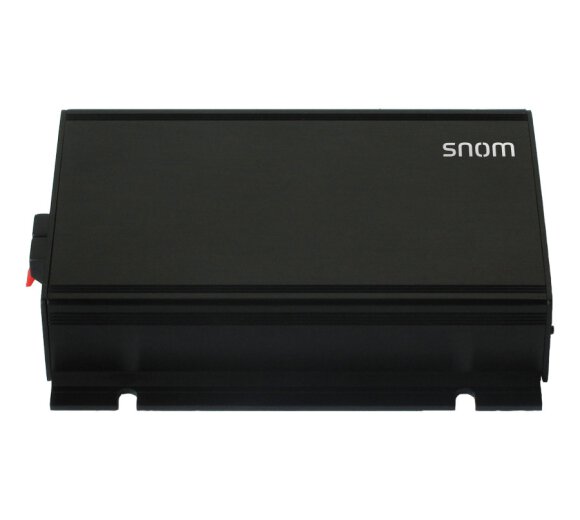
If you are in the IT or Managed Services Business then learning what SIP Trunking is and does is important. As Voice over Internet Protocol (VoIP) gains popularity with businesses, more and more companies are looking for ways to optimize their network infrastructure, and save costs. SIP trunking is a powerful option.
SIP, to Start
SIP is an acronym for Session Initiation Protocol. The Internet Engineering Task Force established it in the 1990s as a standard for setting up and terminating VoIP calls and for generating dial tones. SIP is a text-based signaling protocol, similar to the Hypertext Transfer Protocol (HTTP) which forms the basis for webpages on the internet. It can create, modify, and destroy communication sessions on an IP network. A session can take many forms, ranging from a basic phone call, to a video conference with full multimedia access.
The protocol also enables the control of data from a call by first and third parties. So applications written for SIP can instruct endpoints to make, answer, or terminate calls.
That’s Rich
Devices that support SIP can handle rich communications with media from several different sources. Communications sessions under SIP can “grow” as, for example, multimedia elements like video, instant messaging or file transfer are added to voice calls.
And SIP Trunking?
With traditional phones, calls move via the Public Switched Telephone Network (PSTN) over a dedicated telephone line, or a bunch of circuits. Businesses must tap into the main telecoms infrastructure using a Private Branch Exchange, or PBX. The PBX still features prominently in SIP trunking, but the connection is enhanced by the Internet Protocol (IP-PBX). For an enterprise, its internal (Ethernet) network first connects to the PBX. Then, an Internet Service Provider (ISP) connects the Ethernet to the net. PSTN connections are not required.
Your connection to an Internet Telephony Service Provider (ITSP) can also be achieved via a Mediation Server, which acts as an intermediary between the larger internet and the Office Communications Server. The Mediations Server translates data and performs encryption and decryption functions.
If you’re using a Cloud VoIP package, depending on the pricing strategy trunking may or may not be necessary.
Cost Benefits of Using SIP
By allowing voice and data traffic to flow simultaneously over a single network, SIP trunking can yield immediate savings. From the outset you can eliminate the standard connection fees of a traditional telecoms provider and the charges attached to each minute of call time.
SIP can also reduce the cost of hardware, as Primary Rate Interfaces (PRIs), PSTN gateways, and other technology associated with a standard PBX set-up are unnecessary. By using your existing Ethernet or internal communications network to gain access to external lines and the internet you can also save money. The greatest savings on call charges are typically made on long-distance services.
Unlike PRIs (where new lines have to be purchased in blocks of 24 or 32), SIP-trunked lines can be bought in smaller increments to meet changing bandwidth requirements. Some ITSPs will let you adjust to higher call volumes by assigning extra bandwidth as needed. Some ITSPs provide Cloud PBX services taking over responsibility for hardware maintenance and user administration – a reduction in time spent, labor, and money.
Overall, it’s been estimated that companies switching to SIP trunking can expect an average cost savings between 20% and 60% of what they pay now.
Usability and Quality of Service
SIP deployments are user-centric; each device you use is monitored by a single application, which generates user and presence data for the whole set of devices, and associates them with one owner. Multimedia support under SIP is superior to that of the H.323 telephony standard which has traditionally applied to delivering voice features in IP telephony.
Many SIP providers now support High Definition (HD) sound and its attendant hardware. Though calls occasionally experience latency problems and lost data packets (which can lead to choppy sound), audio quality under SIP is as good as or better than that of a traditional phone.
Quality of Service (or QoS) can be enhanced by the addition of bandwidth. To avoid conflicts on internal networks, voice and data may also be assigned separate connections, with each dedicated circuit being managed by a QoS router on your premises.
Security Matters
With voice and data shifting across the internet, hacking and other malicious attacks are always a threat. Authentication requests can be assigned to messages routed under SIP and encryption can be applied to streaming media and to the protocol itself. Session Border Controllers (SBCs) are part of a standard SIP deployment and provide perimeter defense capabilities comparable to a network firewall.
Setting Up
If a business already has an modern IP-PBX, you can upgrade to a SIP trunking system with relatively little expense or fuss. With a non-IP enabled PBX, you can still make the switch but you’ll have to invest in a device called a gateway to convert SIP to an analog connection.
Some Advice, on Choosing a SIP Provider:
If offices requiring SIP are in a rural area you may have problems finding a supplier who can cover all your sites. Check with the provider to ensure that they can extend their service to all branch offices.
Find out which vendors are supported by the SIP provider you’re considering. Many are tied to a single manufacturer, and this may pose compatibility problems. Verify how much it’s going to cost you. SIP trunking services have a wide range of prices. Installation, maintenance plans and expansion; get it all in writing before you sign any contracts.























